In order to make a comparison between the ads you need to at least 2 ads.
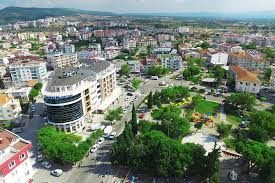
About Kepez
About Kepez:
Until the beginning of the 1970s, the city of Antalya, the former SSK Hospital north, the highway ’Beyazbina kent called the place ends. Local buses and minibuses would come back to ’Beyazbina Şehir and return again. After that, there were frequent pieces of rock and occasional rock.
The meaning of the word bir rocky area on the shore indeki and the crown that the brides wear on their heads ları Kepez crowns the plain in the north of Antalya as a bride's head.
Until the 1960s, the city of Antalya was a bit ahead of the Sarampol district; ‘Social Security (SSK) Hospital, just to the north of the former, the people of Antalya," Beyazbina "in what he called where it ends. It is the point where Güllük and Şarampol Streets meet today as they climb to Çallı. The so-called white building was nothing more than a whitewashed road maintenance and control house built by the highways in the 1950s.
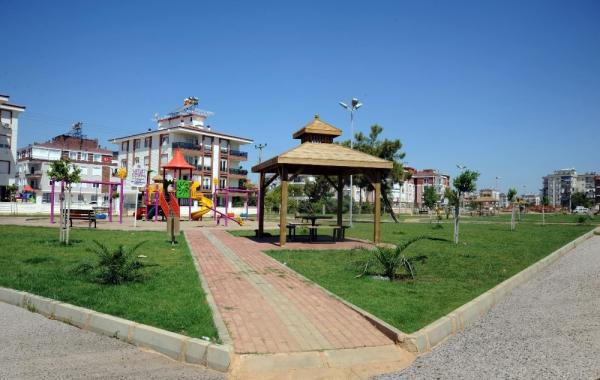
Back then, the city buses and minibuses would come up here and go back again. After that, the area was covered with rocky and frequent rock fragments. In the past, which used to take the big junction where the Security Building and the Atatürk Monument were located, which was formerly a little further than Beyazbina, these many natural rock fragments, which seem to be more like a human being than a human neck and look like they were sewn with human hand, attracted the attention of each passing. Because of these stones, this plain was called ‘Dikili Stones Bu. Since the mid-1970s, there was no house until the middle of those years. Each side was covered with stony and shrubbery. The two sides of the road, which continued until Kepez, were full of rocks between the cliffs, the makilik and the wild strawberry trees.
Today, on the way to the new bus station, there were two cistern buildings formerly belonging to the Ottoman era, just ahead of the old Battery Factory. One of them was preserved, but the other was destroyed during the construction of the road.
Until the 1960s, this area, where these Double Cisterns were located, was a place where they stopped early in the morning to check the shortcomings of camel caravans and horse carts after moving out of the city to various inns in Antalya. Here, the final checks of the car and horses are made, the last passengers to join the caravan would be expected here. When the caravan was laid, starting from the Double Cisterns, in the convoys, the journey towards Kepez was started.
A little ahead of the Double Cisterns; On the left side of the Antalya-Burdur highway, there is the Vakıf Muratpaşa Farm, which dates back to Kepez ridge along the highway starting from the current bus station, which was brought to the foundation status by the Beylerbeyi Murat Pasha in the year 982 (milad 1574).
Almost a hundred years, this farm is not interested in, after the Republic, began to be operated in the early 1930s. For this purpose, hundreds of wild olives, carob (carob) and pistachio trees were inoculated. Very old canals were opened and repaired and the marshes were dried. In 1965, an olive oil factory was established in order to evaluate the olives grown here, and from 1967 on, the production of the olives produced by the local people started.
However, in order to create new livelihoods for the people of Antalya, which consisted of a fellow civil servant, gardener and a few small tradesmen, applications to the government for the establishment of new factories since the mid-1950s have resulted; For the areas where the factories will be built, the left side of the Antalya-Burdur highway, which the people of Antalya said "too far", was shown.
Cotton Woven Factory and Kepez Power Plant in 1955, Etibank in 1957 and French Ferrochrome and Karpit Plant founded by French Pechiney Company took another place. Guayul Rubber Factory was founded in 1964 and the foundation was laid in 1969, with the Antalya Oil Industry which started production in 1969, and the Battery Factory which opened in 1976. Since the first weaving factory was established in this region, the people called it Fab Weaving Bu. The only urban transport vehicle, which is now more advanced than Beyazbina, became the Weaving Factory Shuttle bus carrying three shifts to the weaving factory.
In the mid-1970s, this area, which was gradually re-built, bought the land and Mehmet Şencan, nicknamed the Çallı, made the first house on the land. His son Freight. Eng. When the Çallıoğlu İşhanı was built by İbrahim Şencan in 1976 and built a very large "Çallıoğlu" sign, the minibus drivers started to use the name "Çallı" as the route name. Over time, this name was settled as a district name and the name i Dikili Taşlar Dik (Dikili Taşlar) was lost.
About Kepez,About Kepez,About Kepez,About Kepez,About Kepez,About Kepez,
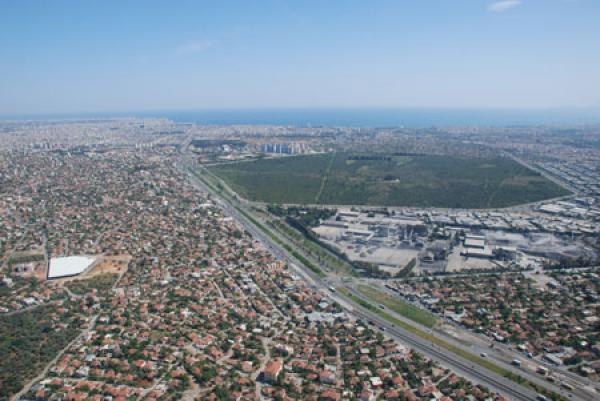
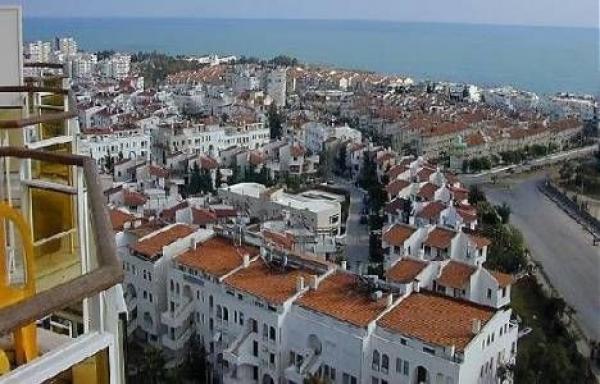
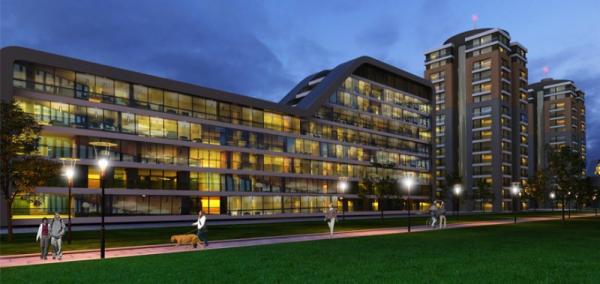
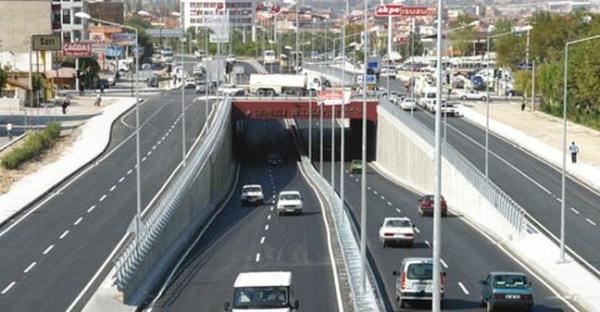
marinaemlak.com, All Rights Reserved.